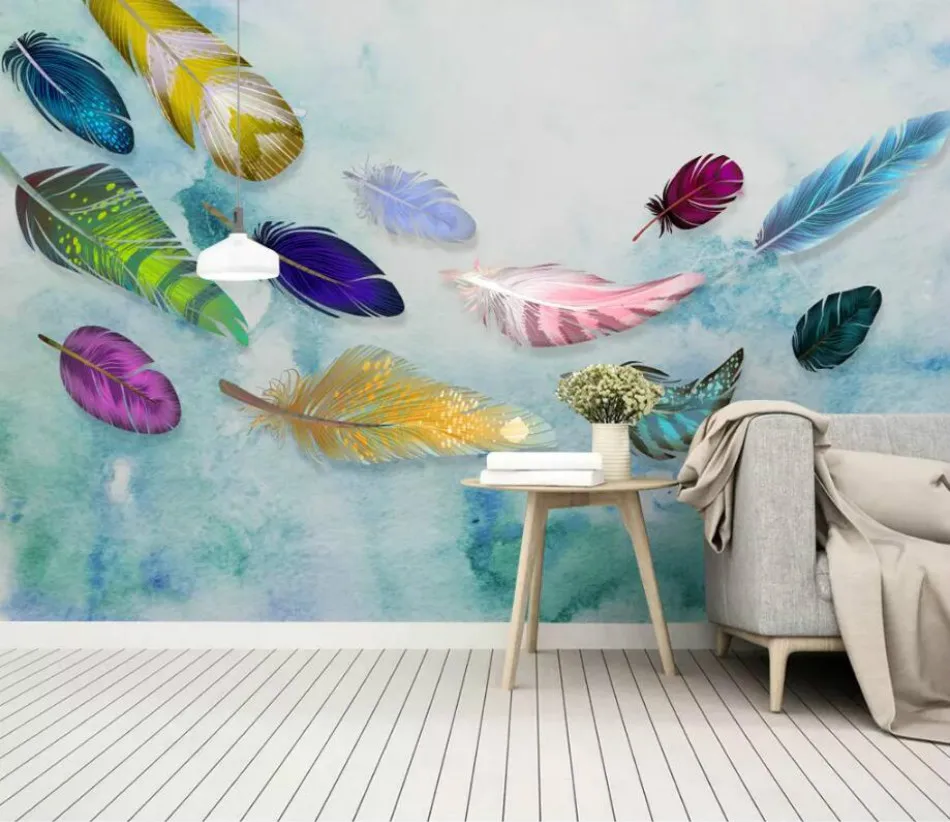When it comes to creating immersive and visually stunning 3D designs, texture plays a vital role. The art of 3D texture design involves adding surface characteristics and details to digital models, bringing them to life with realism and depth. In this article, you will explore how 3D texture designers use their skills and tools to enhance the visual quality of virtual objects. Here delve into the fascinating world of 3D texture design and discover its impact on creating captivating digital experiences.
Table of Contents
The Role of 3D Texture Designers
3D designers are the artists behind the scenes who specialize in creating textures for 3D models. They have a keen eye for detail and deeply understand how different materials and surfaces should look and feel in the digital realm. These designers meticulously craft textures encompassing color, reflectivity, roughness, bumpiness, and other visual attributes to achieve a realistic and convincing appearance.
Creating Realism Through Texture Mapping
One of the key techniques used by 3D designers is texture mapping. By mapping 2D textures onto 3D surfaces, they simulate the appearance of different materials, such as wood, metal, fabric, or stone. Texture mapping allows designers to add intricate details like grain patterns, scratches, imperfections, or even fine text and logos. This process adds depth and complexity to the surface, making it visually convincing and enhancing the overall realism of the 3D model.
Texture Design as a Gateway to Immersive Experiences
f’s Substance 3D Designer mentioned, “Texture design is the gateway to immersive experiences.” This quote highlights the crucial role of texture design in creating captivating and immersive digital experiences. It emphasizes how textures breathe life into virtual objects, elevating them beyond mere computer-generated graphics and making them feel tangible and believable.
Advanced Techniques: Normal Maps and Displacement Mapping
In addition to texture mapping, 3D designers utilize advanced techniques like normal maps and displacement mapping to take visual realism to new heights. Normal maps are texture-based techniques that simulate intricate surface details without increasing the polygon count of the 3D model. Normal maps create the illusion of complex geometry and enhance the perception of fine details and lighting effects by encoding information about surface normals in a texture.
On the other hand, displacement mapping modifies the actual geometry of the model based on the texture information, allowing for intricate surface deformations and adding an extra layer of depth and realism to the final render. These techniques add an extra level of intricacy to 3D models, bringing them closer to real-world objects and elevating the overall visual quality of the design.
Balancing Quality and Performance
While 3D texture artists strive for realism, they must also consider performance and optimization. High-quality textures can be computationally expensive, especially in real-time applications such as video games or interactive experiences. Therefore, designers must balance visual fidelity and performance requirements, optimizing textures to maintain a smooth, immersive user experience without compromising overall quality.
3D texture artists are magicians who add visual depth and realism to digital models through their meticulous craft. By leveraging texture mapping, advanced techniques like normal and displacement mapping, and their artistic expertise, they create virtual surfaces that look and feel remarkably lifelike.
Their work bridges the gap between the virtual and the real, immersing viewers in captivating digital worlds and enhancing the overall visual quality of 3D designs. So, the next time you encounter a beautifully textured 3D model, take a moment to appreciate the artistry of the 3D texture designer behind it.

